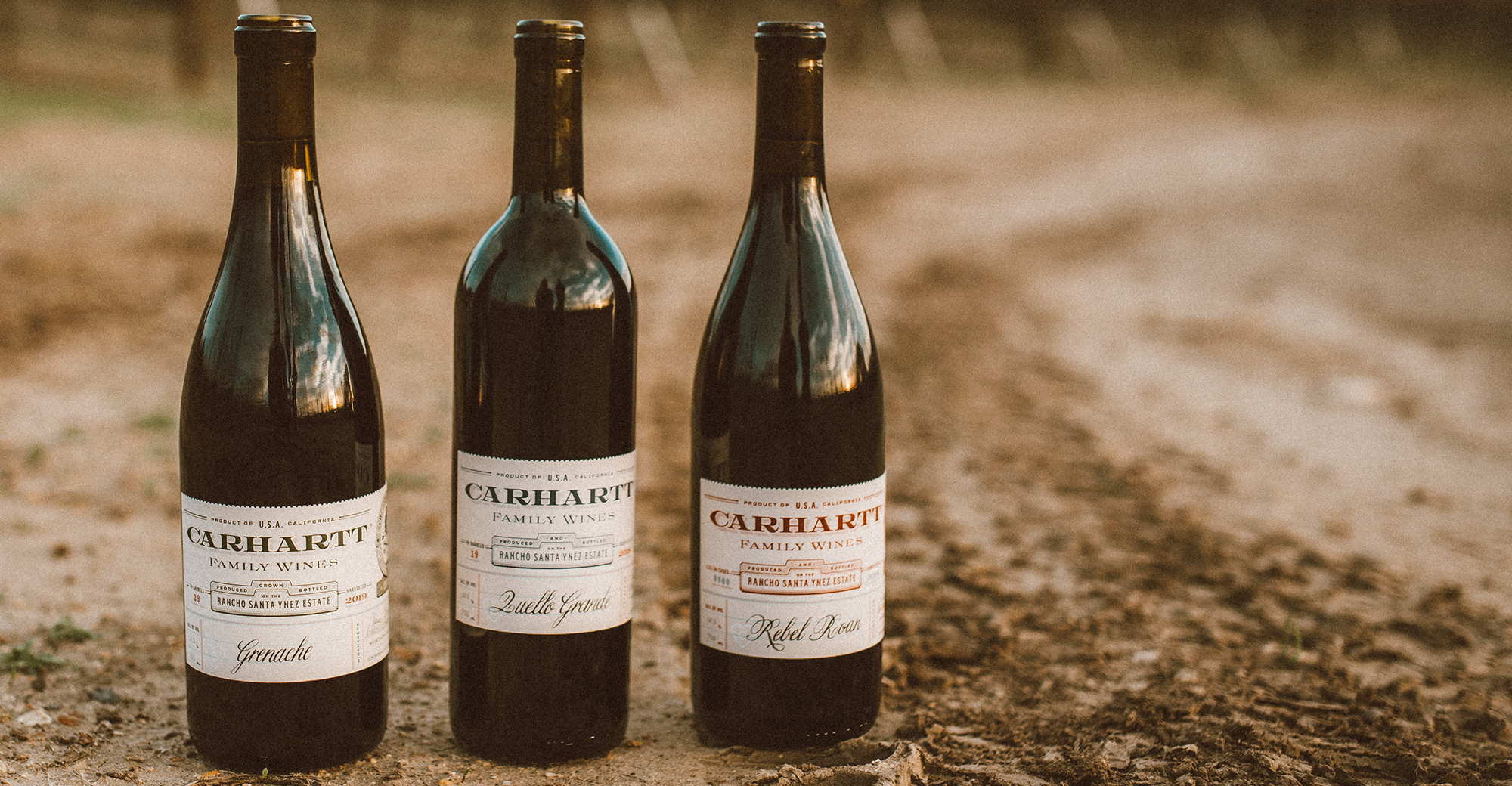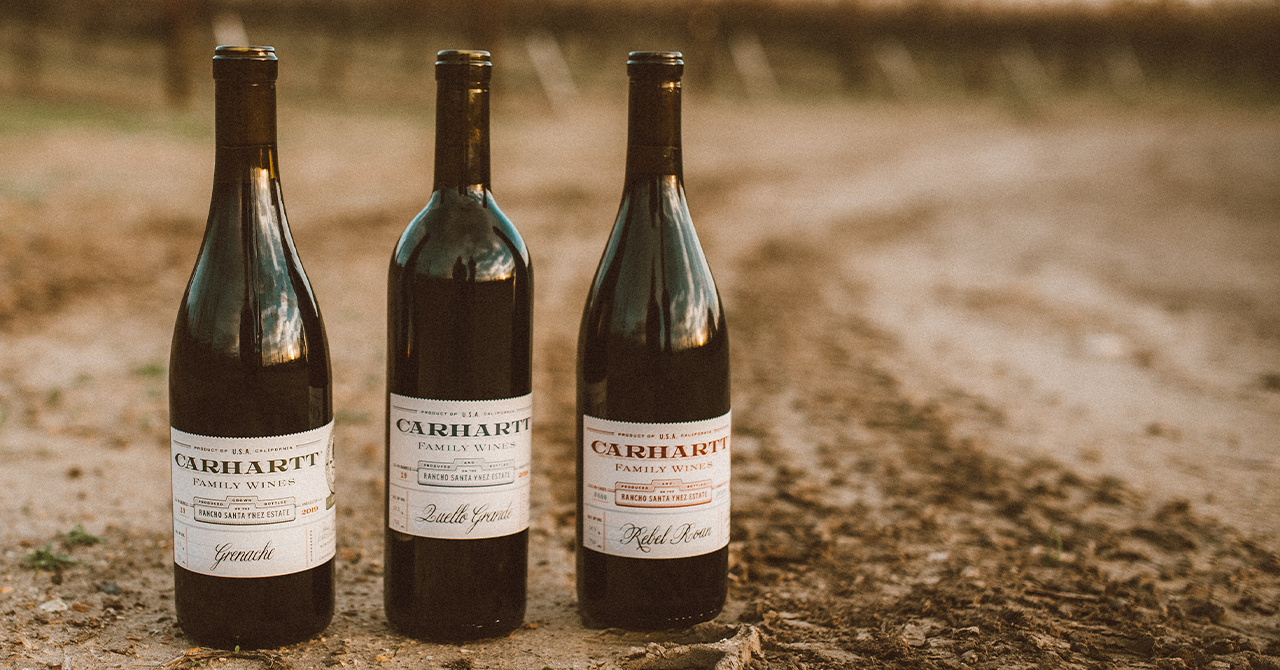

The information found on wine labels can be both very informative and enjoyable. Since different countries (or states) have different standards, we’ll focus on California for now.
In general, the information found on labels is federally mandated by the TTB (Tax and Trade Bureau, formerly ATF, Alcohol, Tobacco & Firearms). There are certain requirements that must appear on the label(s) in order to be approved. Then there are options which the winery or bottler may or may not wish to include. Let’s begin with the mandatory items.
Now for the more “fun” items – not mandatory, but usually of interest to the consumer. These can include special designations, such as private reserve or estate bottled (100% of the fruit comes from the estate). The vintage, or year in which the grapes were grown & processed, can also be included. A “fanciful” name might also appear, as seen in many blends. However, the TTB must approve these names, as some might deem them suggestive or inappropriate. (Although THAT is highly subjective!) Fanciful names can also run into the danger of trademarks, but that’s a topic for another time. Finally, producers can include other more miscellaneous items like grape clones, fermentation techniques, barrel type, etc. The list goes on.
Bottom line: the information on labels should inform and perhaps, entertain the consumer, but should not be false or misleading. And in any case, it’s much more important for what is INSIDE the bottle than what’s on the outside. Let’s drink to that!
Join our email list and get 10% off your next purchase!
New Customers Only